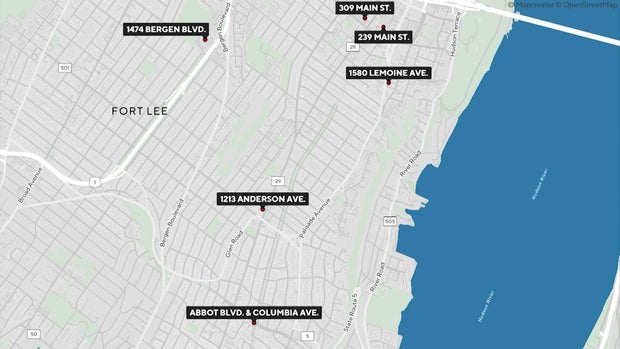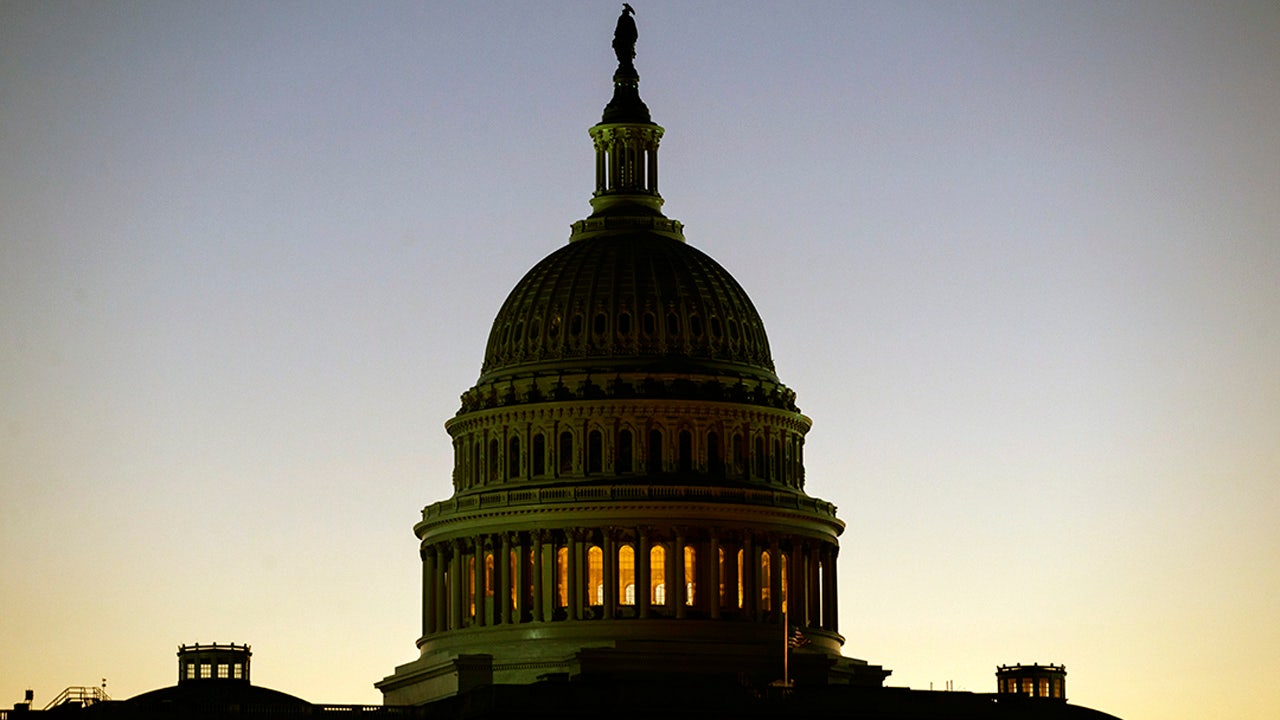New Jersey
Ticket prices are dropping to see Bruce Springsteen in New Jersey

The Boss is headed home.
Bruce Springsteen and the E Street Band are playing not one, not two but three (!) concerts at East Rutherford, NJ’s MetLife Stadium this week.
After their first gig on Wednesday, Aug. 30, they’ll return for a Friday, Sept. 1 show and then close the mini-MetLife residency on Sunday, Sept. 3.
And if you haven’t snagged last-minute tickets to hear “Born To Run” live yet, now is the time to pounce.
Based on our findings, prices have steadily gone down in just a few weeks.
At the beginning of the month, the cheapest NJ ticket available was $105 before fees on Vivid Seats.
Now, just two days before Springsteen is set to take the stage on Garden State soil, prices start at $70 before fees.
Want to find out how much tickets cost to see the Rock and Roll Hall of Famers at the show of your choosing this week?
Keep reading.
We’ve got everything you need to know and more below.
All prices were found at the time of publication and are subject to fluctuation.
Bruce Springsteen MetLife Stadium schedule
A complete breakdown of all the best prices on upper-deck, lower-level and floor seats for each of Bruce’s trio of Meadowlands gigs can be found below.
Bruce Springsteen
show datesUpper-level ticket
prices start at100-level ticket
prices start atFloor seat ticket
prices start at
Aug. 30 at 7:30 p.m.
$70
$167
$243
Sept. 1 at 7:30 p.m.
$70
$138
$191
Sept. 3 at 7:30 p.m.
$79
$153
$228
(Note: The New York Post confirmed all above prices at the publication time. All prices are subject to fluctuation and include additional fees at checkout.)
Vivid Seats is a verified secondary market ticketing platform, and prices may be higher or lower than face value, depending on demand.
They offer a 100% buyer guarantee that states your transaction will be safe and secure and your tickets will be delivered prior to the event.
MetLife Stadium seating chart
Never been to the Jets/Giants’ home turf now turned concert venue?
Here’s a better look at all the seating options MetLife Stadium has to offer.
*The above map does not include floor seating for concerts.
Bruce Springsteen 2023 tour schedule
If you can’t make it out to see Springsteen in Jersey, it might be in your best interest to see him live at a later date this year.
After this three-show weekend, The Boss has 22 U.S. concerts remaining on his tour schedule.
You can find a complete calendar of all remaining his 2023 tour dates here.
Classic rockers on tour in 2023
Many of the biggest acts from the ’70s are playing at venues all over North America these next few months.
Here are just five of our favorites you won’t want to miss.
• The Eagles
• Aerosmith
• Billy Joel
• Stevie Nicks
• Alice Cooper
Who else is on tour? Check out our list of the 52 biggest concert tours in 2023 here to find out.

New Jersey
Mail stolen from 6 USPS mailboxes across Fort Lee, N.J. Map shows where residents need to be wary

Police are investigating after mail was stolen from half a dozen United States Postal Service mailboxes in Fort Lee, New Jersey, over the weekend.
It comes amid recent reports of mail security issues across the Tri-State Area.
Fort Lee Police issue warning for residents who used blue mailboxes
Fort Lee Police say Sunday morning, a resident contacted the authorities after noticing a blue USPS mailbox was unsecured, open and empty.
“They did a little canvassing of some other mailboxes in the area, in the borough, and realized there was probably about a half dozen other mailboxes in the same situation, where the door was open and all the mail was removed,” Fort Lee Police Chief Matthew Hintze said.
Hintze said Fort Lee Police launched a joint investigation with USPS inspectors and discovered six mailboxes were targeted across Fort Lee. The boxes were located at:
- 1580 Lemoine Ave.
- 231 Main St.
- 309 Main St.
- 1213 Anderson Ave.
- 1475 Bergen Blvd.
- Abbott Boulevard/Columbia Avenue
Investigators believe the master key or locks on the mailboxes were somehow compromised. They also believe the thief or thieves were likely looking for personal information to commit fraud.
Police say anyone who dropped mail containing sensitive information in any of the impacted mailboxes after 3 p.m. on Sept. 20 should be on the lookout for suspicious activity.
“Please monitor all your financial accounts, check your bank accounts. If you really want to do due diligence, conduct a credit report, maybe a credit freeze,” Hintze said. “If you see anything suspicious or fraudulent, please come in to the Fort Lee Police Department and make that report.”
The investigation is ongoing.
Mail-related crime across New York and New Jersey
This is just the latest mail-related crime reported in the Tri-State Area in recent weeks.
Earlier this month, two Long Island business owners said they lost nearly $3,000 after someone apparently fished checks they had mailed out of a mailbox, washed off the ink, and rewrote the checks.
“I went to the post office to file a complaint, and they said this is an everyday occurrence. It’s constantly happening,” business owner Rich Miller said at the time.
They were later reimbursed, but they weren’t the only recent victims of check washing. Another Long Island resident said she lost $20,000 after three checks she wrote were stolen and cashed by a thief.
“What the Postal Police had showed me is that they literally took Wite-Out and they erased the payable to,” Jean Gioglio-Goehring said.
Experts advise paying bills electronically to avoid falling victim to crimes like these.
Police say another way to keep your mail safe is to bring it inside the post office instead of just dropping it one of the blue mailboxes, even if the boxes are right outside the building.
“The only way you’re going to be safe is to take the mail actually into the post office during business hours and then you know your mail is safe. Because if you deposit it in a mailbox after hours, then you’re certainly at risk,” Tenafly resident Neil Taylor said.
New Jersey
Watch: 2,358 people play catch to break world record in New Jersey – UPI.com

Sept. 23 (UPI) — The Yogi Berra Museum and Learning Center in New Jersey gathered 2,358 people to play catch and break a Guinness World Record.
The Sunday event at Yogi Berra Stadium in Little Falls officially broke the record for the largest game of catch, with 2,358 people splitting off into pairs to throw baseballs back and forth.
Guinness World Records adjudicator Michael Empric said there were very few disqualifications during the attempt.
“There were some phone violations, and also there was some rolling of the ball,” he told MLB.com. “When we say catch, we want people to play to the best of their ability. That does involve throwing the ball, not rolling it. There weren’t a lot of deductions, though. For a group this size, I think eight pairs were deducted, which was minimal.”
New Jersey
Can’t-miss 2025 girls soccer games across New Jersey this week, Sept. 15-21
The regular season is heating up and there is must-see action across the state of New Jersey. Check out the list below to see some of the best games to keep from Monday, Sept. 15, to Sunday, Sept. 21.
Monday, Sept. 15
If you purchase a product or register for an account through a link on our site, we may receive compensation. By using this site, you consent to our User Agreement and agree that your clicks, interactions, and personal information may be collected, recorded, and/or stored by us and social media and other third-party partners in accordance with our Privacy Policy.
-

 Finance6 days ago
Finance6 days agoReimagining Finance: Derek Kudsee on Coda’s AI-Powered Future
-
World1 week ago
Russian jets enter Estonia's airspace in latest test for NATO
-
North Dakota6 days ago
Board approves Brent Sanford as new ‘commissioner’ of North Dakota University System
-

 World5 days ago
World5 days agoSyria’s new president takes center stage at UNGA as concerns linger over terrorist past
-

 Technology5 days ago
Technology5 days agoThese earbuds include a tiny wired microphone you can hold
-

 Culture5 days ago
Culture5 days agoTest Your Memory of These Classic Books for Young Readers
-

 Crypto5 days ago
Crypto5 days agoTexas brothers charged in cryptocurrency kidnapping, robbery in MN
-

 Crypto6 days ago
Crypto6 days agoEU Enforcers Arrest 5 Over €100M Cryptocurrency Scam – Law360























